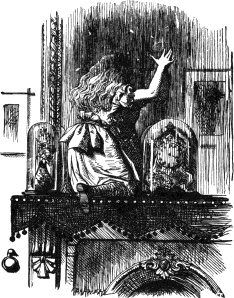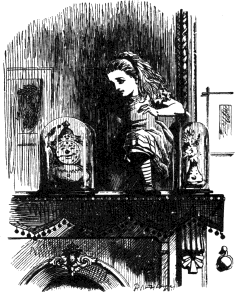 The NY Times graphics shows the details of the $7.76 trillion dollar commitment but an article from The Big Picture shows the perspective of just how huge the bailout truly is.
The NY Times graphics shows the details of the $7.76 trillion dollar commitment but an article from The Big Picture shows the perspective of just how huge the bailout truly is.• Marshall Plan: Cost: $12.7 billion,
Inflation Adjusted Cost: $115.3 billion
• Louisiana Purchase: Cost: $15 million,
Inflation Adjusted Cost: $217 billion
• Race to the Moon: Cost: $36.4 billion,
Inflation Adjusted Cost: $237 billion
• S&L Crisis: Cost: $153 billion,
Inflation Adjusted Cost: $256 billion
• Korean War: Cost: $54 billion,
Inflation Adjusted Cost: $454 billion
• The New Deal: Cost: $32 billion (Est),
Inflation Adjusted Cost: $500 billion (Est)
• Invasion of Iraq: Cost: $551b,
Inflation Adjusted Cost: $597 billion
• Vietnam War: Cost: $111 billion,
Inflation Adjusted Cost: $698 billion
• NASA: Cost: $416.7 billion,
Inflation Adjusted Cost: $851.2 billion
• World War II: Original Cost: $288 billion,
Inflation Adjusted Cost: $3.6 trillion
TOTAL: $7.52 trillion
Subtract $7.52 trillion from $7.76 trillion (The total government commitment [thus far] on the bailout) and you will see that the 7.76 trillion exceeds the total amount of money spent on the largest projects the US has ever done by 24 billion dollars.
The perfect storm is here.
Update: $8.5 trillion is the new government pledge or the equivalent of "half of the entire economic output
of the U.S. this year.
(The $8.5 trillion now exceeds the big project list by $74 billion.)

























